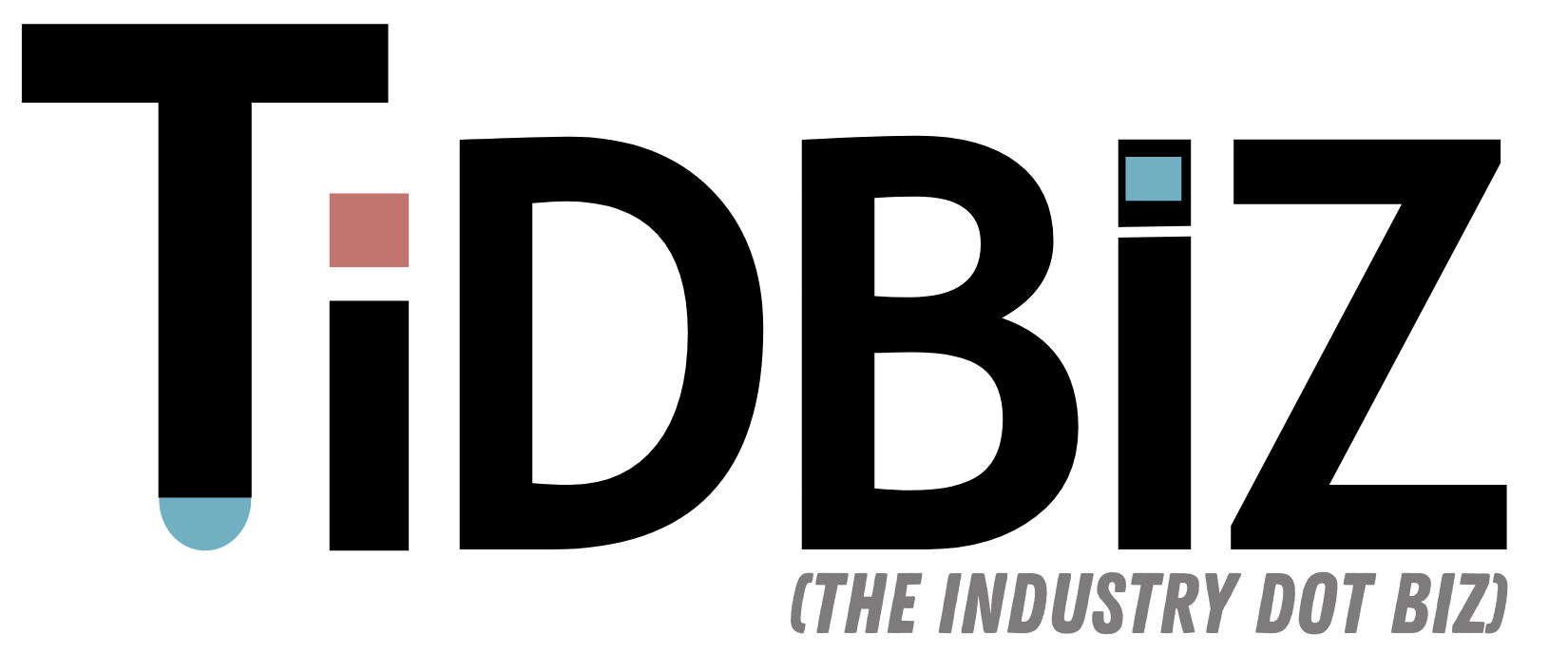The Pentagon Papers
The Pentagon Papers refer to a top-secret government report on America’s political and military involvement in the Vietnam War. The study, carried out at the behest of then Secretary of Defense Robert McNamara, was leaked to the New York Times in 1971 by a military analyst named Daniel Ellsberg. The papers revealed that multiple presidential administrations, from Harry Truman to Lyndon B. Johnson, had misled Congress and the American public about the scale of U.S. involvement in Vietnam. This leak infuriated then-President Nixon, whose attempt to block the publication of the documents was overridden by a landmark Supreme Court decision. This event set in motion the chain of events that led to the infamous Watergate scandal.
The Crédit Mobilier Scandal
In the thick of the 1872 re-election campaign of Ulysses S. Grant, a major scandal erupted involving several politicians and executives of the Union Pacific Railroad. The scam began with executives from the Union Pacific Railroad Company, who created the fake construction company Crédit Mobilier of America. They billed the government $94 million for a project that only cost $50 million, sharing the excess profits among company executives and bribing multiple politicians, including then-Vice President Schuyler Colfax. Although the scandal destroyed the reputations of many involved, no criminal charges were filed.
The Whiskey Ring Scandal
During President Ulysses S. Grant’s second administration, a ring of corruption was exposed by the Secretary of Treasury Benjamin Bristow. Organized in 1871, the Whiskey Ring involved whiskey distillers bribing federal agents to evade government taxes and keep huge profits for themselves. The scandal implicated John McDonald, a Treasury Department official appointed by Grant, and Grant’s private secretary, Orville Babcock. McDonald was convicted and sentenced to prison, while Babcock was acquitted after Grant testified to his innocence.
The Keating Five
In 1989, news broke that U.S. Senators Alan Cranston, Dennis DeConcini, John Glenn, Donald Riegle Jr., and John McCain had improperly interfered in the federal investigation of Lincoln Savings and Loan Association. The institution’s chairman, Charles Keating Jr., had made campaign contributions to all five senators, who then intervened on his behalf. After Lincoln went under in 1989, requiring over $3 billion in bailouts, the scandal came to light. Following an investigation, only one of the five senators was formally reprimanded by the Senate Ethics Committee, while Keating served four years in prison for bankruptcy fraud.
The Teapot Dome Scandal
The Teapot Dome scandal, one of the most significant presidential scandals of the 20th century, occurred after President Warren G. Harding took office in 1921. Harding’s Interior Secretary, Albert Fall, leased drilling rights for three naval oil fields, including Teapot Dome in Wyoming, to private oil companies without open bidding in exchange for large bribes. An investigation revealed Fall’s family had received $200,000 worth of government bonds. Fall was eventually convicted and imprisoned, although Harding’s involvement remained speculative.
Bill Clinton-Monica Lewinsky Affair
One of the most infamous political sex scandals involved President Bill Clinton and White House intern Monica Lewinsky. Their clandestine relationship, which took place between 1995 and 1997, came to light during a federal investigation. Both Clinton and Lewinsky denied the relationship under oath, leading to perjury charges against Clinton. In December 1998, Clinton was impeached by the House of Representatives but was acquitted by the Senate and served his full term.
NSA Surveillance Controversy
In 2013, Edward Snowden, a contractor for the NSA, leaked highly classified documents revealing widespread surveillance on American citizens and high-profile foreign nationals. The scandal caused public distrust in government agencies, and in 2020, the surveillance program was ruled illegal and possibly unconstitutional by a federal court. Snowden fled to Hong Kong and later settled in Russia, where he was granted citizenship in 2022.
Donald Trump’s Involvement in the January 6th Insurrection
After Joe Biden’s victory in the 2020 presidential election, Donald Trump alleged widespread voter fraud without evidence. On January 6, 2021, while Congress convened to certify the electoral results, Trump spoke to a rally of his supporters, urging them to fight to save their country. Thousands stormed the Capitol, leading to Trump’s second impeachment by the House of Representatives. Following his exit from office, Trump was found to have retained classified documents, most of which were recovered during an FBI search of his Mar-A-Lago residence.
The Iran-Contra Affair
During Ronald Reagan’s second term, the administration was involved in a scandal known as the Iran-Contra Affair. The issue revolved around a secret sale of weapons to Iran in exchange for the freedom of seven American hostages held in Lebanon. The profits were used to fund the Nicaraguan anti-communist Contras, violating the Boland Amendment. Reagan was cleared of wrongdoing, but several senior officials were indicted and found guilty.
Watergate
The Watergate scandal began on June 17, 1972, when five burglars were arrested after breaking into the Democratic National Committee headquarters at the Watergate complex. Connected to Nixon’s re-election campaign, the cover-up efforts by Nixon’s administration led to an abuse of power and obstruction of justice. After being incriminated by his own taped recordings, Nixon resigned on August 9, 1974, becoming the first U.S. president to do so.



